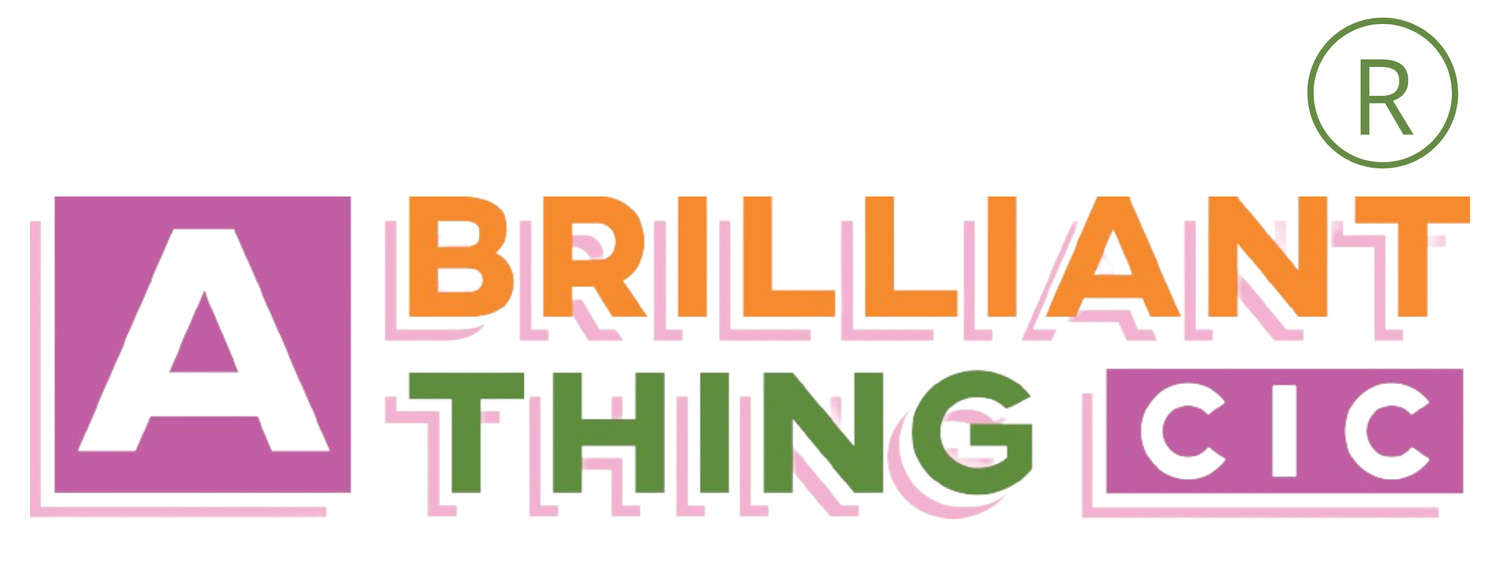Why empathy, culture and innovation matters
I recently chatted with Neil Hogan, who is the Deputy Managing Director at Charity People. Neil’s officially responsible Data and Analysis recruitment and unofficially the director of happiness at the organisation! He is also someone who loves listening, collecting stories and having adventures, so much so that he wrote a book about this, and so was the perfect person to chat to about all things empathy, innovation and culture-making.
You can watch our conversation here
Innovation describes an idea that has been transformed into something valuable. Just like Airbnb transformed the idea of house-sharing or UK company Wyatt & Jack transform bouncy castles into bright bags and accessories, non profits can be innovative too.
Some great examples of innovation in the charity and social enterprise sector in the UK are the RNLI’s awareness-raising ice bucket challenge craze or Parkrun who transformed running from a solo activity to a national movement of weekly, free, 5km for everyone -forever.
Some of the key practical benefits of innovation for non profit organisations are:
Improved funding opportunities and new ways to maximise resources
Engagement with wider, more diverse audiences and partners
Energised teams, who stay committed to the cause and organisation
So if innovation has so many useful benefits, how can we create a culture of innovation in our organisation?
I have found that workplaces with high levels of empathy, also have high levels of innovation especially when empathy is a norm across all parts, teams and levels in an organisation. The key thing is that innovation is found in group action, not individual thinking.
A lack of innovation in most companies is not down to a lack of innovative thinkers, but rather a culture that stifles their creativity and makes them feel unable to express their ideas.
Thrive Global
So what is empathy?
Empathy is the ability to understand and share the feelings of others, without judgement. At work this means that we understand that we are all emotional beings, humans at work not machines. It means giving space and time to people to work through challenges, to support rather than fix and to work alongside each other to find solutions. It means being open minded and curious.
Brene Brown says ‘Empathy is connecting with people so we know we're not alone when we're in struggle’
This is different to sympathy which is a feeling of pity for another’s feelings (I’m sad for you but I’m fine) but empathy is an act of solidarity (I recognise your feelings and I’m here with you)
Ways empathy can foster innovation in non profit sectors
Creates an environment for curiosity and collaboration
Softens the distinction between helper/helped, creating a shared sense of purpose between staff and clients
People are comfortable sharing early or undeveloped ideas that might otherwise be dismissed
People support each other, relationships are strong and can navigate tough times
Commitment to the cause and investment in the organisation- from staff, funders, clients and partners is increased
Diversity is welcomed and the benefits of different experiences, perspectives and backgrounds are discovered
Change is eased, people can share their opinions and experiences through changes and be listened to
In an ever changing world, non profit organisations, charities, social enterprises and social good projects are often on the sharp, reactive end, responding to increasing need with limited resources. We need thoughtful, impactful leadership, supportive, energised teams and innovation to achieve the changes we hope to see in the world.
If you’re interested in supporting and improving your organisations culture, lets arrange an intro call


